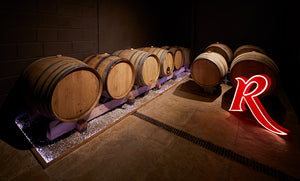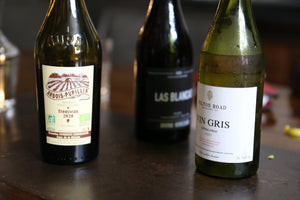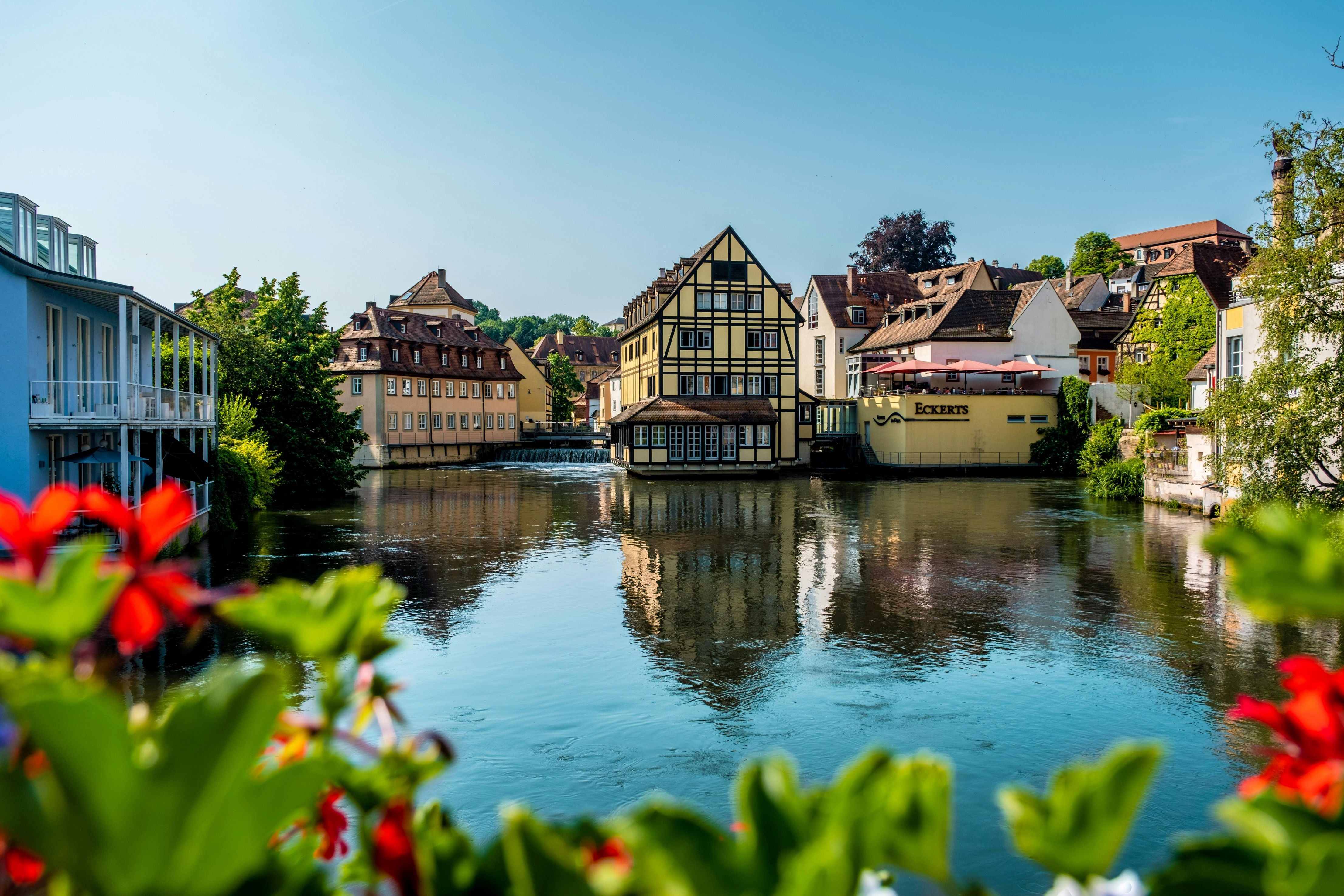UNCOVERING THE KEY REGIONS OF GERMANY
As part of our German Wine Week, we are unpacking some of the key regions in Germany - from the home of Riesling in Mosel, to the Gastronomic focused Baden and many others. If German wine isn't your particular strong suit, this is the perfect primer to the region.
THE MOSEL – THE SPIRITUAL HOME OF RIESLING

Mosel may not be the biggest wine region in Germany, but it's likely the most renowned. The romantic, medieval towns dotted along the meandering Mosel River make for one of the most beautiful wine regions in the world, drawing in tourists year round. Both steep by nature and steeped in history, the surrounding valleys are home to scores of vineyards, all tended to with the utmost care by viticulturalists with generations of expertise. In fact, the vineyards are some of the most labour-intensive in the world since the steep slopes make use of mechanised equipment nigh on impossible.
Predominantly planted with Riesling vines, the slate-laden soils yield delicate, yet remarkable expressions. They are fragrant white wines, rich in acidity and fruit flavours, often with a backbone of minerality and great ageing potential.
Mosel is home to some of Germany's biggest name producers, t including the likes of Dr Loosen, Schloss Lieser, JJ Prum, Dr Thanisch and artisanal producers such as Clemens Busch and Sybille Kuntz. To the delight of casual enjoyers and enthusiasts alike, top quality Mosel is relatively under-priced considering the labour of love the producers pour into their craft.
THE RHEINHESSEN - NEW WAVE GERMANY

South-Southwest of the city of Mainz is Germany’s largest wine region, the Rheinhessen. Maligned among wine aficionados due to its long association with the infamous Liebfraumilch blends (yes, like the one with the sister in the blue habit), the region is enjoying a renaissance thanks to ambitious young winemakers with a focus on producing quality and affordable wines.
With varied terrain and a favourable climate, producers can successfully grow many different grape varieties. Alongside the ever-present Riesling, you can find white wines made from Silvaner, Scheurebe, Grauburgunder (Pinot Gris), Muller-Thurgau, and Gewurztraminer while there are red wines made from Spätburgunder (Pinot Noir) and Dornfelder.
PFALZ – VALUE FOR MONEY + EMERGING RED WINE REGION

Bordering the Rheinhessen is the second largest wine region in Germany, Pfalz. Protected from inclement weather by the Haardt mountains, it’s one of the sunniest and driest vinicultural areas in Germany. In fact, Pfalz enjoys a climate very similar to that of the Alsace which is only 1-2 hour drive away.
Low land prices have attracted an increasing number of young winemakers, particularly those keen to make the most of the warm vineyard sites while growing a diverse range of varieties.
Riesling from Pfalz is a different proposition to those from the Mosel, typically with higher alcohol levels, higher concentration and intensity, and a more rounded structure & body. It also showcases warmer aromas and flavours such as peach and apricot.
Wines from the Pinot family of grapes are also very popular, with Grauburgunder (Pinot Gris), Weissburgunder (Pinot Blanc) and Spätburgunder (Pinot Noir) being planted across the region.
FRANKEN

The East German region of Franken is distinctive for its Baroque architecture and their wines can be distinguished from the odd shaped ( and impossible to fit in the wine rack) Bocksbeutel. The cold climate and harsh winters mean that early ripening white varietals are predominant and powerful, with earthy Silvaner wines being the region’s best known.
WÜRTTEMBERG

Neighbouring Baden & Franken is the rural Württemberg region, known as one of Germany’s premier red-wine growing regions. The hilly terrain brings cool temperatures in the evenings, with the resulting red wines tending to be light & fruity styles. Lemberger (Blaufrankisch), Spatburgunder, Schwarzriesling (Pinot Meunier), and local varietal Trollinger are all commonly grown here.
The market for Württemberg's wines is predominantly local, so wines from here are seldom found in international markets. One exception is those of Weingut Schnaitmann, who have been making wines under their own label since 1997 and is a member of the VDP (Germany’s leading producers).
BADEN – PINOT’S ADOPTED RESIDENCE

Just across from the Alsace and the Rhine is Germany’s southernmost wine region, Baden. Much like their French counterparts, the people of Baden have a passion and strong tradition for food and wine. That may be the reason that the food-friendly “Burgunders” (Pinots) have found themselves a home near the Black Forest.
The climate here can produce robust Grauburgunder and Weissburgunders along with impressive red wines. Even more recently, the summers are now warm enough to sustain growing of Rhone varietals such as Syrah and Viognier.
There are many more regions to uncover and a remarkable breadth of wines available - check out our full German range.




